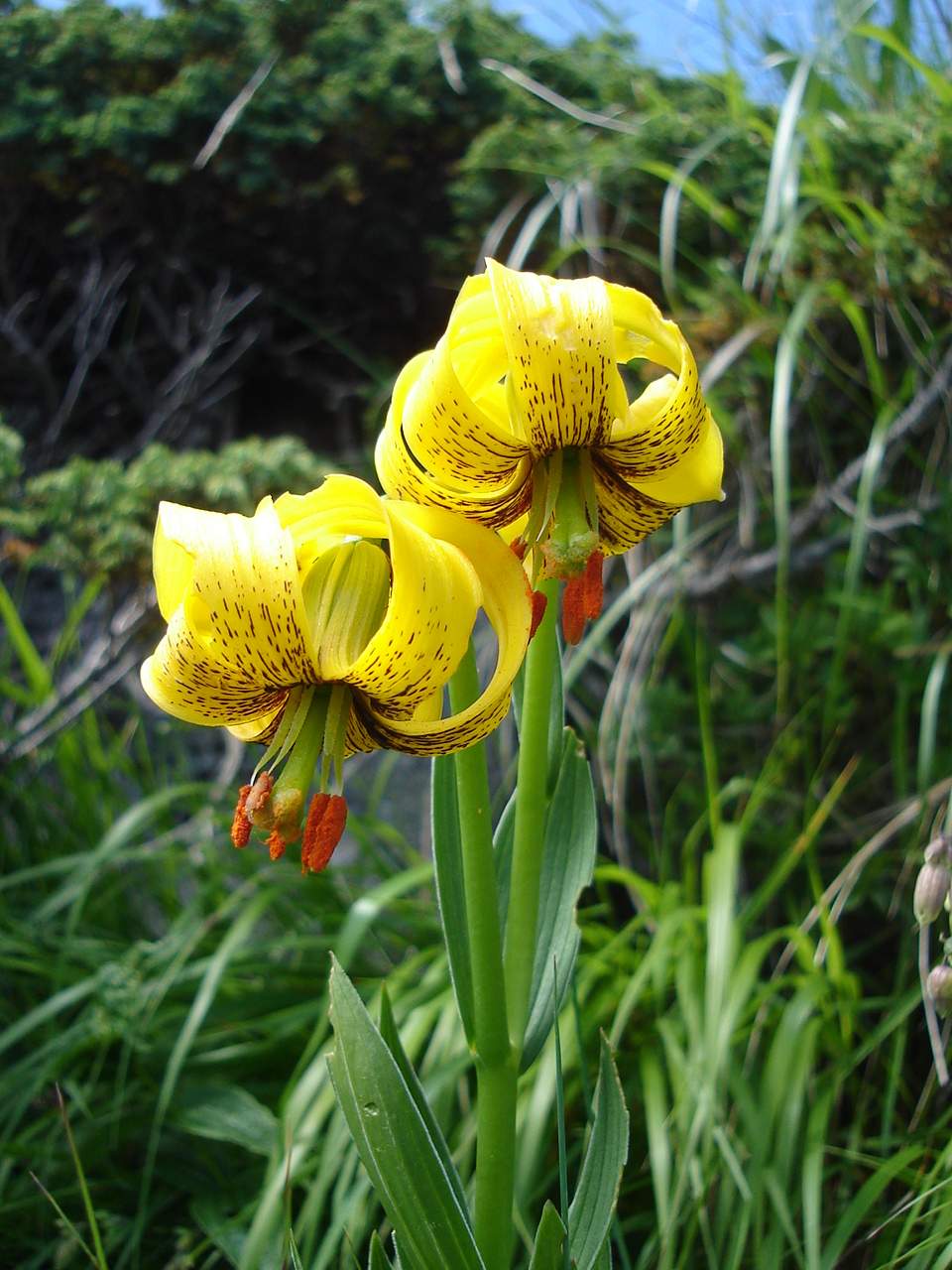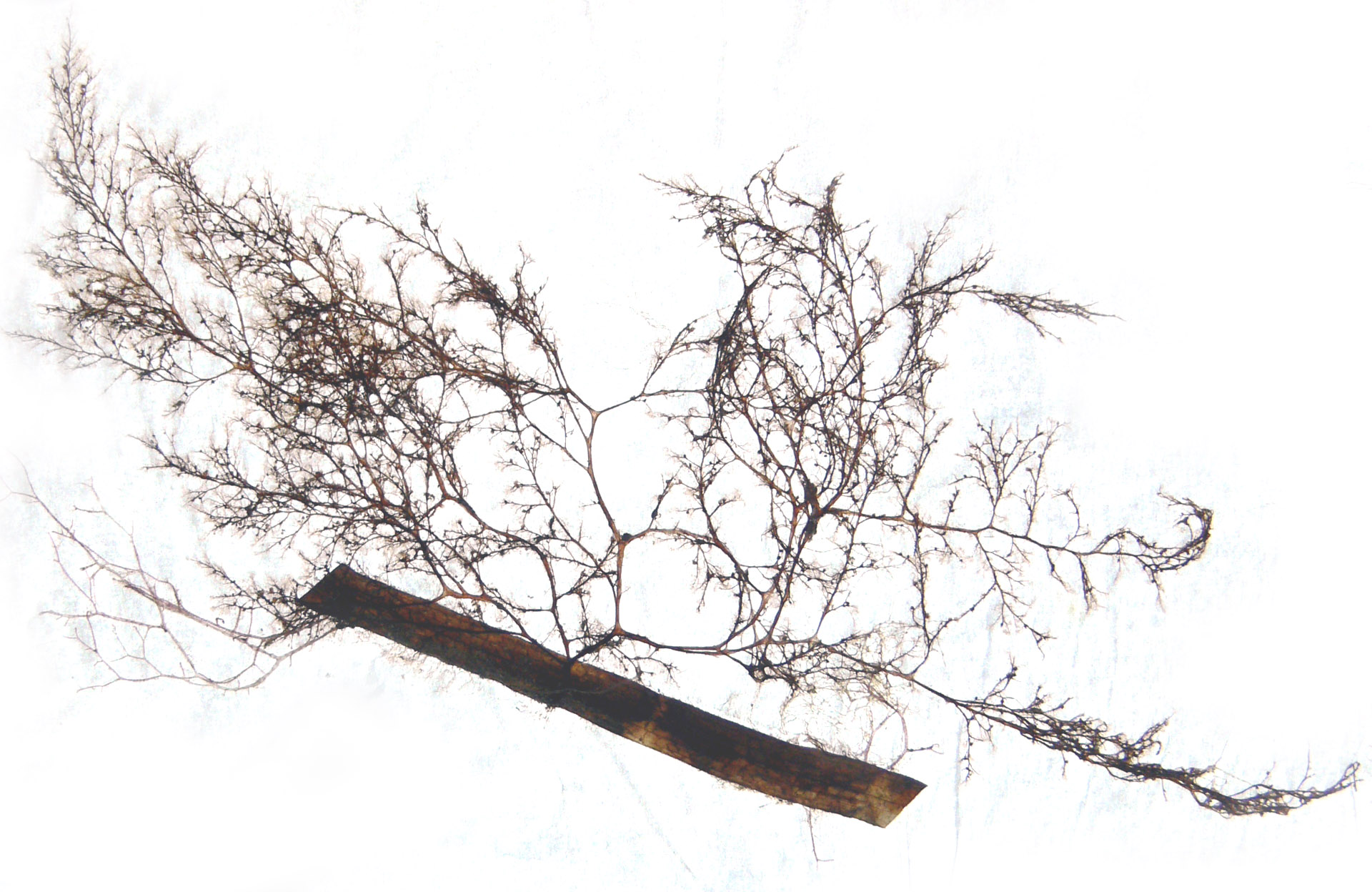|
Alismatidae
{{Short description, Subclass of flowering plants Alismatidae is a botanical name at the rank of subclass. Circumscription of the subclass will vary with the taxonomic system being used (there are many such systems); the only requirement being that it includes the family Alismataceae. It is a relatively new name: earlier systems, such as the Engler and Wettstein systems, used the name Helobiae for a comparable unit. Alismatidae in the Takhtajan system The Takhtajan system treats this as one of six subclasses within the class Liliopsida (=monocotyledons). It consists of: * subclass Alismatidae *: superorder Alismatanae *:: order Butomales *:: order Hydrocharitales *:: order Najadales *:: order Alismatales *:: order Aponogetonales *:: order Juncaginales *:: order Potamogetonales *:: order Posidoniales *:: order Cymodoceales *:: order Zosterales Alismatidae in the Cronquist system The Cronquist system treats this as one of four subclasses within the class Liliopsida (=m ... [...More Info...] [...Related Items...] OR: [Wikipedia] [Google] [Baidu] |
Liliopsida
Liliopsida Batsch (synonym: Liliatae) is a botanical name for the class containing the family Liliaceae (or Lily Family). It is considered synonymous (or nearly synonymous) with the name monocotyledon. Publication of the name is credited to Scopoli (in 1760): see author citation (botany). This name is formed by replacing the termination ''-aceae'' in the name Liliaceae by the termination ''-opsida'' (Art 16 of the ICBN). Although in principle it is true that circumscription of this class will vary with the taxonomic system being used, in practice this name is very strongly linked to the Cronquist system, and the allied Takhtajan system. These two are the only major systems to use the name, and in both these systems it refers to the group more widely known as the monocotyledons. Earlier systems referred to this group by the name Monocotyledones, with Monocotyledoneae an earlier spelling (these names may be used in any rank). Systems such as the Dahlgren and Thorne systems (more ... [...More Info...] [...Related Items...] OR: [Wikipedia] [Google] [Baidu] |
Alismatales
The Alismatales (alismatids) are an order of flowering plants including about 4,500 species. Plants assigned to this order are mostly Tropical vegetation, tropical or Aquatic plant, aquatic. Some grow in fresh water, some in marine habitats. Description The Alismatales comprise herbaceous flowering plants of often aquatic and marshy habitats, and the only monocots known to have green embryos other than the Amaryllidaceae. They also include the only marine angiosperms growing completely submerged, the seagrasses. The flowers are usually arranged in inflorescences, and the mature seeds lack endosperm. Both marine and freshwater forms include those with staminate flowers that detach from the parent plant and float to the surface. There they can pollinate carpellate flowers floating on the surface via long pedicels. In others, pollination occurs underwater, where pollen may form elongated strands, increasing chance of success. Most aquatic species have a totally submerged juvenile ... [...More Info...] [...Related Items...] OR: [Wikipedia] [Google] [Baidu] |
Takhtajan System
A system of plant taxonomy, the Takhtajan system of plant classification was published by Armen Takhtajan, in several versions from the 1950s onwards. It is usually compared to the Cronquist system. It admits paraphyletic groups. Systems The first classification was published in Russian in 1954,and came to the attention of the rest of the world after publication of an English translation in 1958 as ''Origin of Angiospermous Plants''. Further versions appeared in 1959 (''Die Evolution der Angiospermen'') and 1966 (''Sistema i filogeniia tsvetkovykh rastenii''). The latter popularised Takhtajan's system when it appeared in English in 1969 (Flowering plants: Origin and dispersal). A further revision appeared in 1980. 1966 system * Magnoliophyta (Angiospermae) p. 51 ** Class: Magnoliatae ( Dicotyledones) p. 51 ** Class: Liliatae ( Monocotyledones) p. 461 *** Subclass A: Alismidae p. 461 *** Subclass B: Liliidae p. 473 (was ''nom. nov.'') **** Supero ... [...More Info...] [...Related Items...] OR: [Wikipedia] [Google] [Baidu] |
Cronquist System
The Cronquist system is a taxonomic classification system of flowering plants. It was developed by Arthur Cronquist in a series of monographs and texts, including ''The Evolution and Classification of Flowering Plants'' (1968; 2nd edition, 1988) and ''An Integrated System of Classification of Flowering Plants'' (1981) (''see'' Bibliography). Cronquist's system places flowering plants into two broad classes, Magnoliopsida ( dicotyledons) and Liliopsida (monocotyledons). Within these classes, related orders are grouped into subclasses. While the scheme was widely used, in either the original form or in adapted versions, many botanists now use the Angiosperm Phylogeny Group classification for the orders and families of flowering plants, first developed in 1998. The system as laid out in Cronquist's ''An Integrated System of Classification of Flowering Plants'' (1981) counts 64 orders and 321 families in class Magnoliopsida and 19 orders and 65 families in class Liliopsida. ''Th ... [...More Info...] [...Related Items...] OR: [Wikipedia] [Google] [Baidu] |
Triuridales
Triuridales was an order of flower plants that was used in the Cronquist system, in the subclass Alismatidae, with this circumscription: * order Triuridales *: family Petrosaviaceae *: family Triuridaceae In the classification system of Dahlgren the Triuridales contained the single family Triuridaceae and was the sole order in the superorder Triuridiflorae (also called Triuridanae). The APG II system leaves the first of these two families unassigned in the clade monocots while the second is moved to order Pandanales. The name was a botanical name A botanical name is a formal scientific name conforming to the ''International Code of Nomenclature for algae, fungi, and plants'' (ICN) and, if it concerns a plant cultigen, the additional cultivar or Group epithets must conform to the ''Internat .... {{Taxonbar, from=Q600229 Historically recognized angiosperm orders ... [...More Info...] [...Related Items...] OR: [Wikipedia] [Google] [Baidu] |
Najadales
Najadales is the botanical name of an order of flowering plants. A well-known system that used this name is the Cronquist system (1981), which used this name for an order in subclass Alismatidae with this circumscription: * order Najadales ** family Aponogetonaceae ** family Scheuchzeriaceae ** family Juncaginaceae ** family Potamogetonaceae ** family Ruppiaceae ** family Najadaceae ** family Zannichelliaceae ** family Posidoniaceae ** family Cymodoceaceae ** family Zosteraceae The APG II system, used here, assigns the plants involved to the expanded order Alismatales, in the clade 'monocots Monocotyledons (), commonly referred to as monocots, ( Lilianae '' sensu'' Chase & Reveal) are grass and grass-like flowering plants (angiosperms), the seeds of which typically contain only one embryonic leaf, or cotyledon. They constitute one of ...'. References {{reflist Historically recognized angiosperm orders ... [...More Info...] [...Related Items...] OR: [Wikipedia] [Google] [Baidu] |
Hydrocharitales
{{Unreferenced, date=December 2009 Hydrocharitales is a botanical name of an order of flowering plants. A well-known system that used this name is the Cronquist system (1981), for an order in subclass Alismatidae, with this circumscription: * order Hydrocharitales *: family Hydrocharitaceae The APG II system, used here, assigns most of the plants involved to the expanded order Alismatales, in the clade monocots Monocotyledons (), commonly referred to as monocots, ( Lilianae '' sensu'' Chase & Reveal) are grass and grass-like flowering plants (angiosperms), the seeds of which typically contain only one embryonic leaf, or cotyledon. They constitute one of .... Historically recognized angiosperm orders ... [...More Info...] [...Related Items...] OR: [Wikipedia] [Google] [Baidu] |
Rank (botany)
In biological classification, taxonomic rank is the relative level of a group of organisms (a taxon) in an ancestral or hereditary hierarchy. A common system consists of species, genus, family, order, class, phylum, kingdom, domain. While older approaches to taxonomic classification were phenomenological, forming groups on the basis of similarities in appearance, organic structure and behaviour, methods based on genetic analysis have opened the road to cladistics. A given rank subsumes under it less general categories, that is, more specific descriptions of life forms. Above it, each rank is classified within more general categories of organisms and groups of organisms related to each other through inheritance of traits or features from common ancestors. The rank of any ''species'' and the description of its ''genus'' is ''basic''; which means that to identify a particular organism, it is usually not necessary to specify ranks other than these first two. Consider a particula ... [...More Info...] [...Related Items...] OR: [Wikipedia] [Google] [Baidu] |
APG II System
The APG II system (Angiosperm Phylogeny Group II system) of plant classification is the second, now obsolete, version of a modern, mostly molecular-based, system of plant taxonomy that was published in April 2003 by the Angiosperm Phylogeny Group.Angiosperm Phylogeny Group (2003)An update of the Angiosperm Phylogeny Group classification for the orders and families of flowering plants: APG II.''Botanical Journal of the Linnean Society'' 141(4): 399-436. doi: 10.1046/j.1095-8339.2003.t01-1-00158.x It was a revision of the first APG system, published in 1998, and was superseded in 2009 by a further revision, the APG III system. History APG II was published as: *Angiosperm Phylogeny Group (2003). "An update of the Angiosperm Phylogeny Group classification for the orders and families of flowering plants: APG II". ''Botanical Journal of the Linnean Society'' 141(4): 399-436. (Available onlineAbstractFull text (HTML)Full text (PDF) doi: 10.1046/j.1095-8339.2003.t01-1-00158.x) Each ... [...More Info...] [...Related Items...] OR: [Wikipedia] [Google] [Baidu] |
Aquatic Plant
Aquatic plants are plants that have adapted to living in aquatic environments ( saltwater or freshwater). They are also referred to as hydrophytes or macrophytes to distinguish them from algae and other microphytes. A macrophyte is a plant that grows in or near water and is either emergent, submergent, or floating. In lakes and rivers macrophytes provide cover for fish, substrate for aquatic invertebrates, produce oxygen, and act as food for some fish and wildlife. Macrophytes are primary producers and are the basis of the food web for many organisms. They have a significant effect on soil chemistry and light levels as they slow down the flow of water and capture pollutants and trap sediments. Excess sediment will settle into the benthos aided by the reduction of flow rates caused by the presence of plant stems, leaves and roots. Some plants have the capability of absorbing pollutants into their tissue. Seaweeds are multicellular marine algae and, although their ecological ... [...More Info...] [...Related Items...] OR: [Wikipedia] [Google] [Baidu] |




